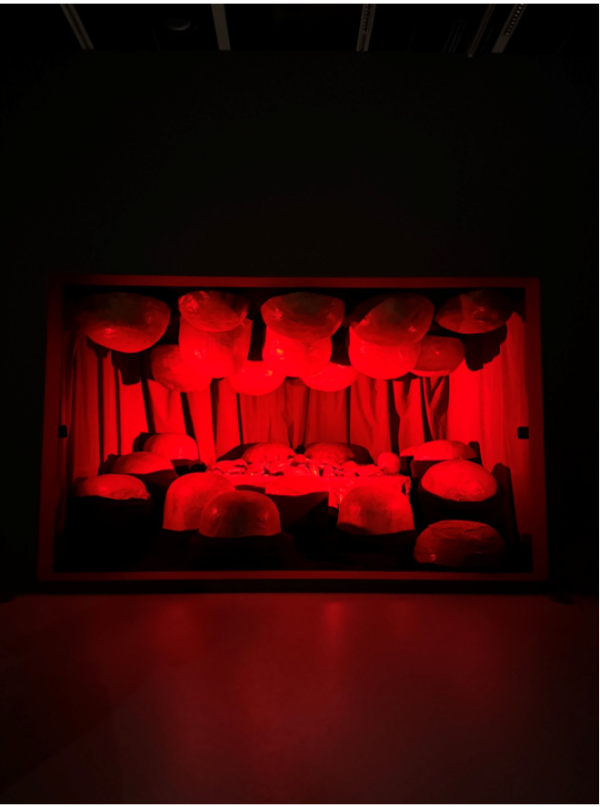
Screenshot of the photos displayed on the www.kukjegallery.com
The Evanescent and the Eternal, a solo exhibition dedicated to Louise Bourgeois (1911–2010), is currently on display at the Hoam Museum of Art in Yongin, Korea.
This marks Bourgeois’s first exhibition in Korea in 25 years and stands as the largest museum retrospective of her work ever organized in the country, presenting 106 works that span painting, sculpture, and installation, showcasing the breadth of one of the 20th century’s most influential artists.
The exhibition’s title draws from Bourgeois’s own writings, reflecting her lifelong investigation into memory, the body, and the passage of time. Central themes—including love, fear, abandonment, familial tensions, and the inner fractures born from trauma—permeate her work, offering a psychological landscape that the exhibition mirrors.
The dual concept of “the evanescent and the eternal” further emphasizes identities and emotions that constantly shift between male and female, past and present, and unconscious and conscious states.
A wide range of works is on display, including Bourgeois’s early paintings from the 1940s and the Personages series; the groundbreaking installation The Destruction of the Father (1974), a symbolic enactment of imagined revenge against an authoritarian father figure; the bronze sculpture Janus Fleuri (1968), which blends male and female forms; Red Room (Parents) (1994), a pivotal work from her Cells series of the 1990s; Cell (Black Days), a poignant exploration of melancholy and sexual tension; and her later fabric works, spanning over seven decades of creative practice.

Screenshot of the photos displayed on the www.kukjegallery.com
The exhibition also highlights Bourgeois’s personal writings, diaries, and psychoanalytic notes, revealing the profound connections between her inner psyche and her art.
Additionally, a projection by conceptual artist Jenny Holzer reinterprets excerpts from Bourgeois’s texts, offering viewers an immersive and reflective experience. The exhibition will be on view through January 4, 2026.
